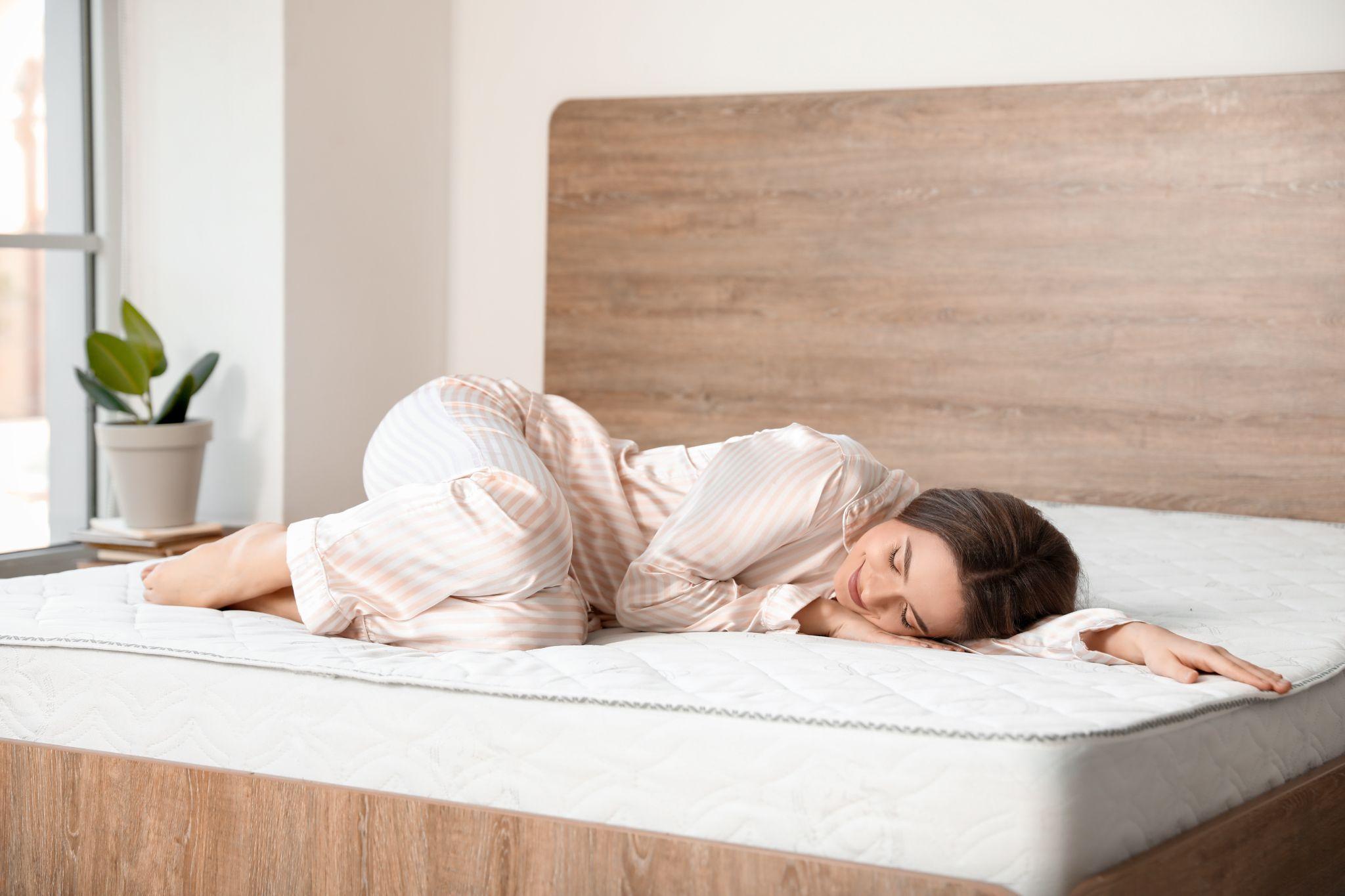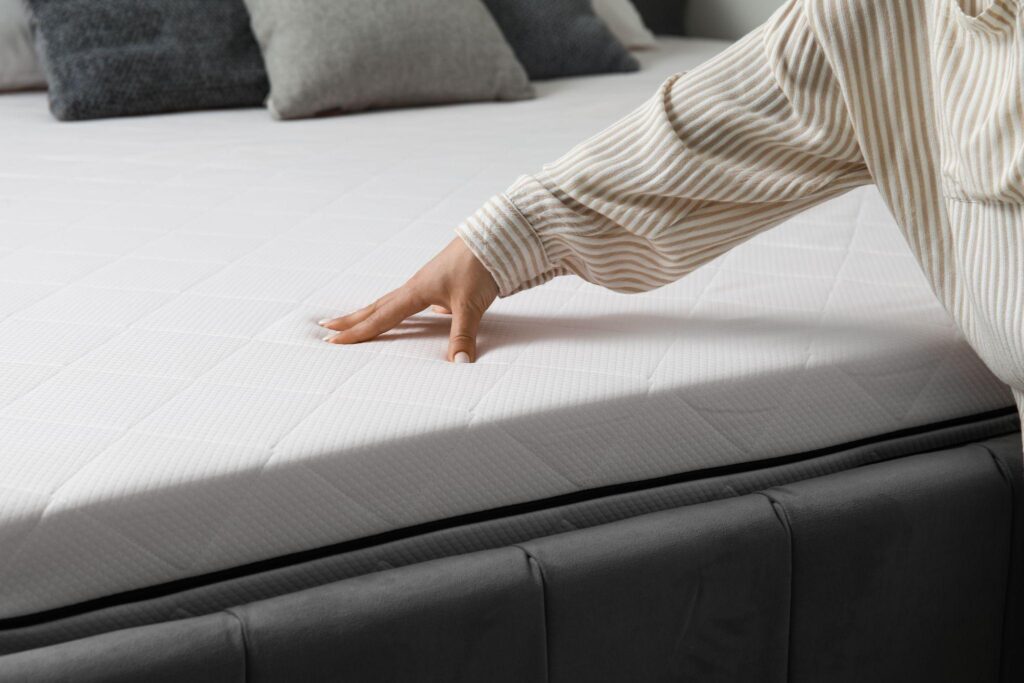Mattresses made and sold in the United States have a lot in common with those made in other countries, but there are a few important differences between domestic products and those that have been imported.\
If you’re considering buying a new mattress, you may want to know what these differences are so that you can decide whether they might influence your choice. To help you decide, let’s look at a few of the most important differences between mattresses made and sold within the United States and those that are made in foreign countries.
Difference #1: Sizes
The first major difference is in the standard sizing between America and most other countries. American mattresses are sized based on the imperial system of measurement, while most other countries use the metric system.
However, even though Australia and the United Kingdom also use imperial units, they use mattress sizes that are different from those of the United States. A king-size mattress is shorter than an American one, for example. Here are the most common standard mattress sizes used in the United States:
- Single: 30 by 75 inches
- Twin: 39 by 75 inches
- Full or Double: 54 by 75 inches
- Queen: 60 by 80 inches
- King: 76 by 80 inches
- California King: 72 by 84 inches
Under the metric system, the European standard sizes are:
- Single/Twin: 90 by 200 centimeters (36 by 78 inches)
- Single Extra Long: 90 by 210 centimeters (36 by 82 inches)
- Small Double: 120 by 200 centimeters (48 by 78 inches)
- Double: 140 by 200 centimeters (54 by 78 inches)
- King: 160 by 200 centimeters (63 by 78 inches)
- Grand King: 180 by 200 centimeters (71 by 78 inches)
The exact sizes and specifications vary between countries, of course, even among those in Europe. However, these are the generally accepted sizes available throughout the European Union. It’s important to consider which size bed best fits your needs and sleeping arrangements.
Difference #2: Comfort Levels
Mattresses made in the United States are also generally (but not always) more comfortable than those manufactured in other countries. In Japan, for example, one of the most popular styles is the shikibuton, also known, especially in America, as a futon.
These are usually 3 or 4 inches thick and placed on the floor on top of a tatami or straw mat. There’s nothing wrong with floor sleeping but, from a relaxation standpoint, a memory foam queen mattress made in America is probably going to be a bit more comfortable.
Many American tourists traveling to Western Europe have returned and told stories of the hard, uncomfortable beds they encountered in hotels, especially in Germany and parts of the Netherlands.
In many of these countries, the best mattresses, that is, the most comfortable, are found only in expensive luxury hotels and aren’t the standard. By contrast, even most budget hotel rooms in America have softer mattresses.

Difference #3: Price
It’s also important to note that mattresses manufactured and sold wholly within the United States are almost always less expensive than their foreign counterparts. This is primarily due to import taxes, often called tariffs, designed to incentivize consumers to purchase goods made in the United States.
In 2019, after massive quantities of low-quality mattresses had been imported, the Department of Commerce imposed a tariff rate of 1,731.75% on such products from the People’s Republic of China. There have been, of course, many newer threats of looming tariffs that further affect these considerations.
Although the standard rate is much lower (usually between 30% and 45%, depending on the country), it’s significantly less expensive for American consumers to purchase a mattress manufactured in the United States due to these tariffs, which are among the highest that the country imposes to reduce the effects of foreign competition.
Difference #4: Higher Quality
Although high-quality mattresses can be manufactured and found throughout the world, mattresses made in the United States are often considered to be of higher quality than those made elsewhere. This is partially due to higher manufacturing standards influenced by a combination of competition and federal regulations.
Increased competition is also an important factor in innovation. According to IBIS Market Research, in 2024, over 300 companies manufactured mattresses in the United States. Since each company has over 300 competitors, it’s essential that they find a way to separate themselves from that competition in the minds of consumers. This invariably leads to innovations that wouldn’t likely come from a country where only a handful of companies make mattresses, since they would have less of an incentive to change what already works.
Advantages of American Mattresses
In general, American mattresses are more comfortable, less expensive to purchase domestically, and of higher quality than their foreign counterparts. This is due to important factors like increased competition and import tariffs that increase the price paid by consumers on those manufactured overseas. They also tend to come in a wider variety of styles, ranging from “very soft” to “very firm,” which isn’t an option in all countries.
They also come in different sizes than those in most other countries, which can present a problem if a consumer purchases a foreign mattress and then finds that it won’t fit inside their existing bedframe.
Of course, if you prefer a mattress from outside the United States and are willing to build or buy a frame for it to fit in, that’s a perfectly valid choice as well. We hope this guide has helped you understand the difference between mattresses across the world. Good luck with your next purchase!

